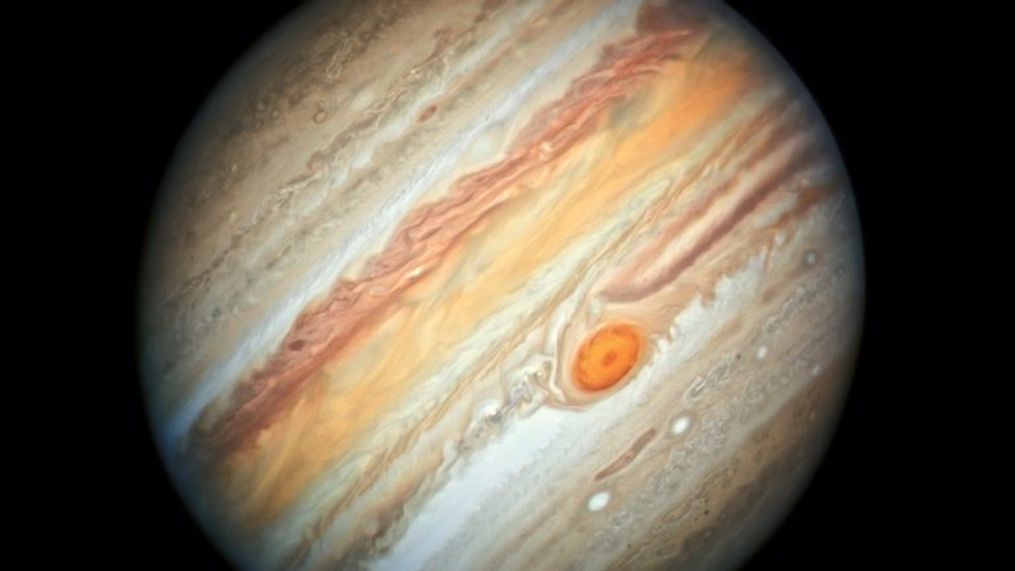Look up! Here's when to watch Jupiter's closest approach to Earth in 59 years

WASHINGTON (WJLA) — Stargazers are in for a delight Monday night! Jupiter will be in opposition from the viewpoint of Earth’s surface in 59 years.
According to NASA, weather-permitting, you can expect to see spectacular views of the largest planet in our solar system for the entire night of Sept. 26.
"A good pair of binoculars should be enough to catch some details; you’ll need a large telescope to see the Great Red Spot," NASA said.
SEE ALSO | Did you see a light in the sky? SpaceX rocket launch captured by residents across the DMV
“With good binoculars, the banding (at least the central band) and three or four of the Galilean satellites (moons) should be visible,” said Adam Kobelski, a research astrophysicist at NASA’s Marshall Space Flight Center in Alabama. “It’s important to remember that Galileo observed these moons with 17th-century optics. One of the key needs will be a stable mount for whatever system you use.”
NASA said the planet’s opposition,making the planet appear larger and brighter, occurs every 13 months. But on Monday, Jupiter will make its closest approach to Earth since 1963.














